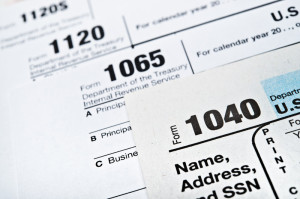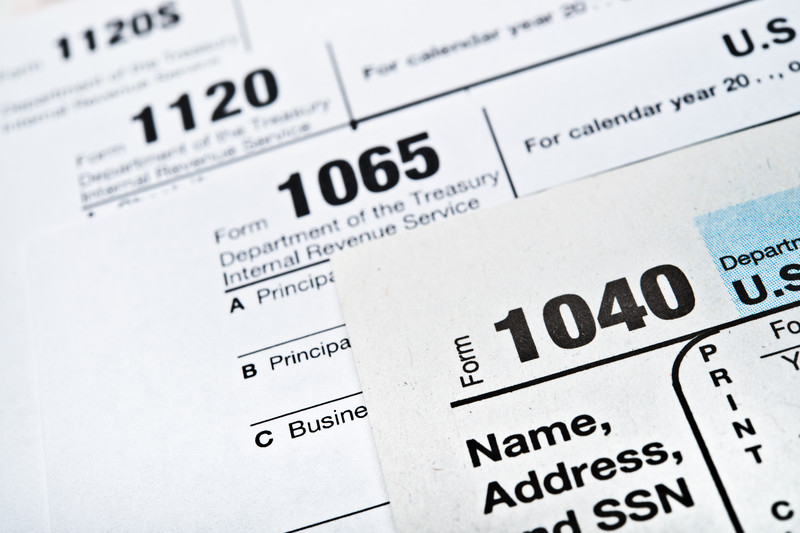 Clients ask about how they can be prepared against always changing tax laws. One of the certainties of modern taxation is constant, unending change. Perusing the Congressional Budget Office’s (CBO) “Reducing the Deficit: Spending and Revenue Options”, convinces any thoughtful person that changing tax laws are inevitable. Preparing for new tax laws while considering how to incorporate recent changes into a tax practice, is part of preparing for the next tax season. Consider these changes and trends:
Clients ask about how they can be prepared against always changing tax laws. One of the certainties of modern taxation is constant, unending change. Perusing the Congressional Budget Office’s (CBO) “Reducing the Deficit: Spending and Revenue Options”, convinces any thoughtful person that changing tax laws are inevitable. Preparing for new tax laws while considering how to incorporate recent changes into a tax practice, is part of preparing for the next tax season. Consider these changes and trends:
1. High-income earners, rising brackets, and capital gains.
Single taxpayers earning $400,000 or married couples earning at least $450,000 rise to a higher tax bracket this year. Previously taxed at 35 percent, 2013 tax rates climb to 39.6 percent (+4.6 percent). Note that CBO Option 1 is “Increase Individual Income Tax Rates” from 2012-2021. If enacted, raising all tax rates by one percent would raise U.S. tax revenues by $480.4 bn through 2021. CBO recommends continuing, concurrent rises in capital gains rates. A client discussion about booking capital gains is timely.
2. VAT possibility.
CBO Option 27 explores the possibility of adding a five percent value-added tax. A ‘narrow base’ would raise 1.390 bn in U.S. tax revenues through 2021. A ‘broad base’ VAT accessed would raise about 2.5 bn through 2021. About 140 countries around the world assess VAT for goods and services purchased.
3. Institutional fees.
Option 33, “Impose a Fee on Large Financial Institutions,” studies the financial impact of supporting institutions “too large to fail” and the Troubled Asset Relief Program. Assessing institutional fees would raise 70.9 bn in tax revenues through 2021 and would theoretically create reserve funds for the largest institutions in the event of a future financial meltdown.
4. Tax greenhouse gas emissions.
Option 35 proposes taxing the U.S. carbon footprint. Taxing emissions would increase the costs of some goods and services. If voted into law, the proposal estimates $1,178.9 bn in tax revenues would be raised through 2021.
5. Tax income of U.S. Corporations as earned.
Option 25 explores the double taxation imposed on multinational operations of some U.S. corporations. Corporate earnings outside of the U.S. would be taxed according to the laws of the country in which the income is generated. Changing the complex tax laws relating to the repatriation of some corporate income would also generate a projected $114.2 bn in tax revenues through 2021.
6. Eliminate tax preferences for some education expenses.
Option 15 recommends the adjustment of existing tax-deferred education payment accounts, grants and loans, and certain tax preferences related to education. The proposal would generate $47.7 bn in tax revenues through 2021.
7. Child care credit.
Modifying or eliminating the child care credit would raise significant revenues if enacted. Full elimination of the child care credit would raise $116.7 in tax revenues through 2021. (In 2013, child care credit was reduced to $500 per child.)
8. Tax exclusion on interest income for state/local bonds.
Municipal bonds issued by state and local governments appeal to civic-minded investors because interest paid is currently excluded from the bondholder’s AGI. Option 17 projects $142.7 bn in tax revenues raised by 2021 if the proposal is enacted.
9. Foresight and education.
Everyone wants to know how to prepare for future tax changes and no one has a crystal ball to precisely predict which proposed tax law changes will occur in the future. The ClientWhys Tax Update Seminar puts the information needed for the next tax season in hand today! Attendees spend two days interacting with “A-team” speakers (29 hours of CPE!) and receive the completely searchable “Big Book of Taxes” for daily use.
Author Bio:
Lee Reams II is the founder and CEO of ClientWhys, Inc. ClientWhys is a SAAS developer that delivers online marketing solutions to businesses built by word-of-mouth. Applications include websites for accountants, email newsletters, secure client portals, and tax and financial web content.


Leave a Reply